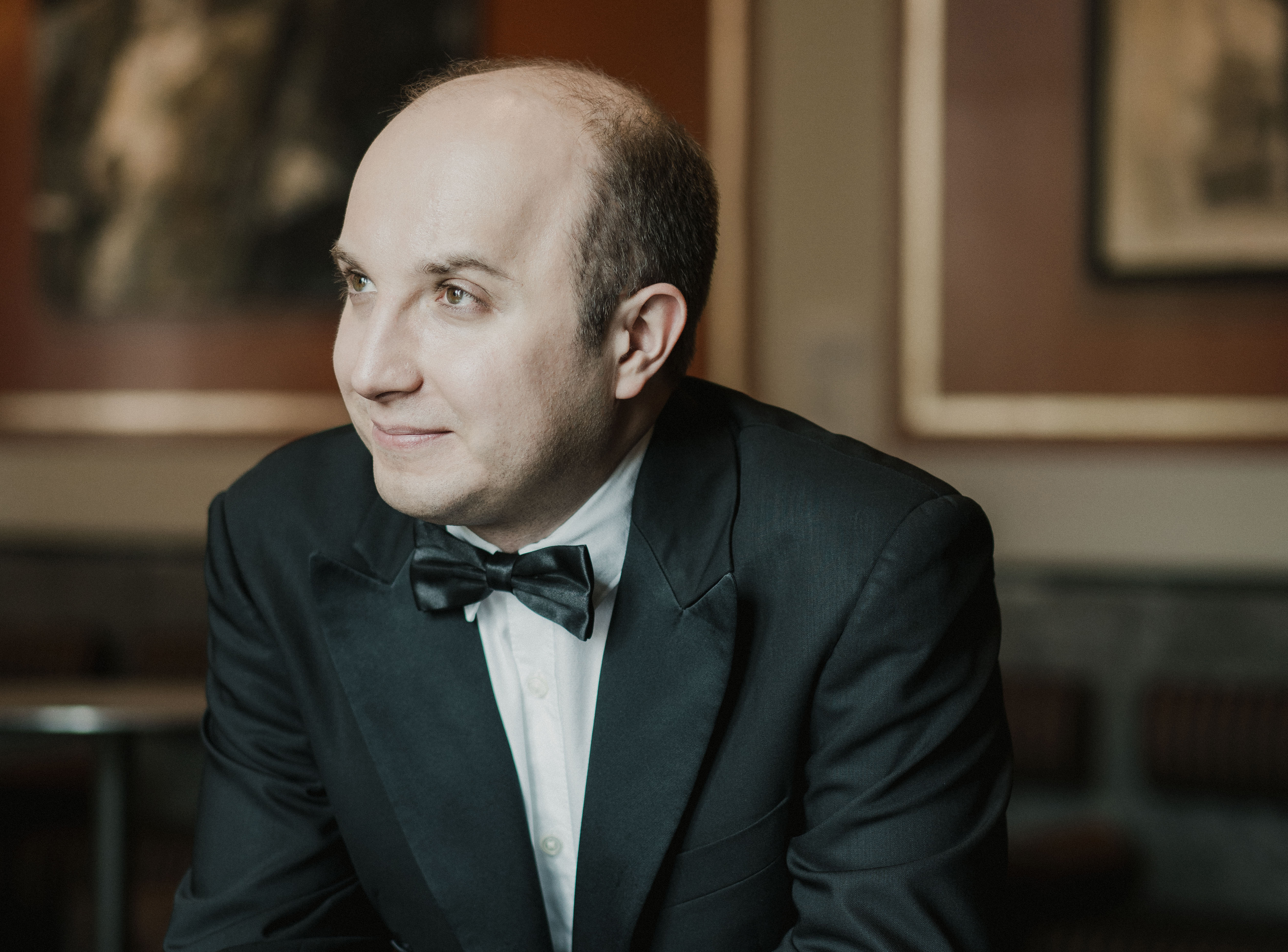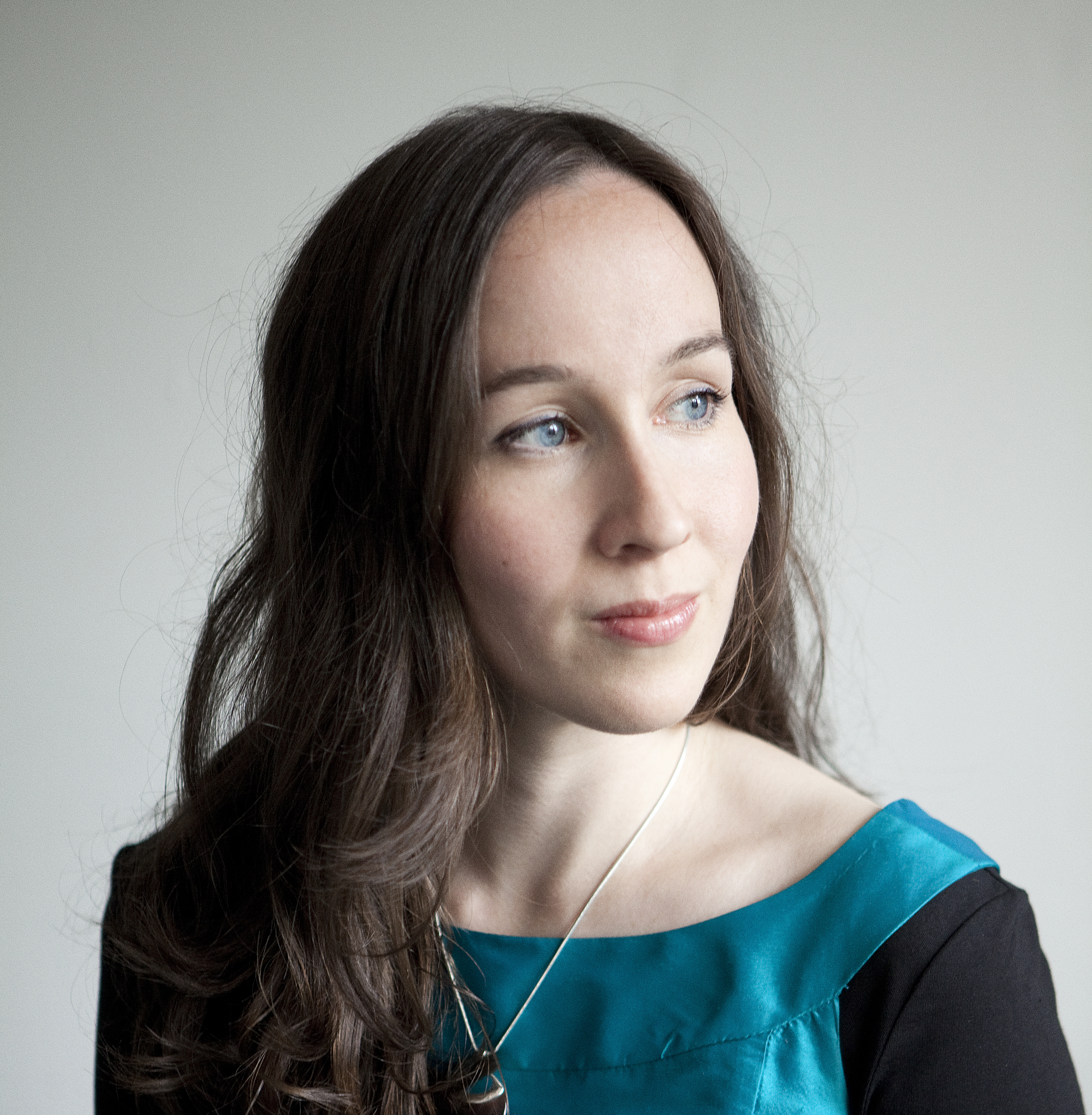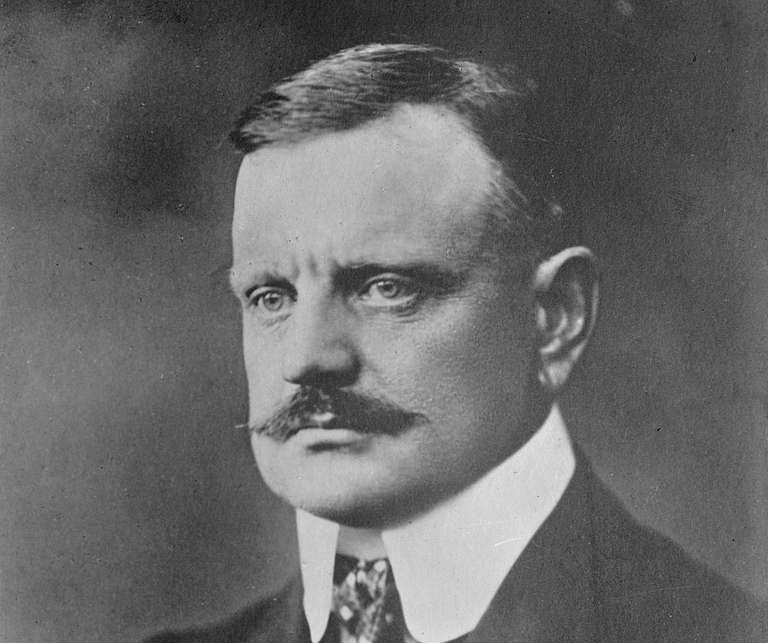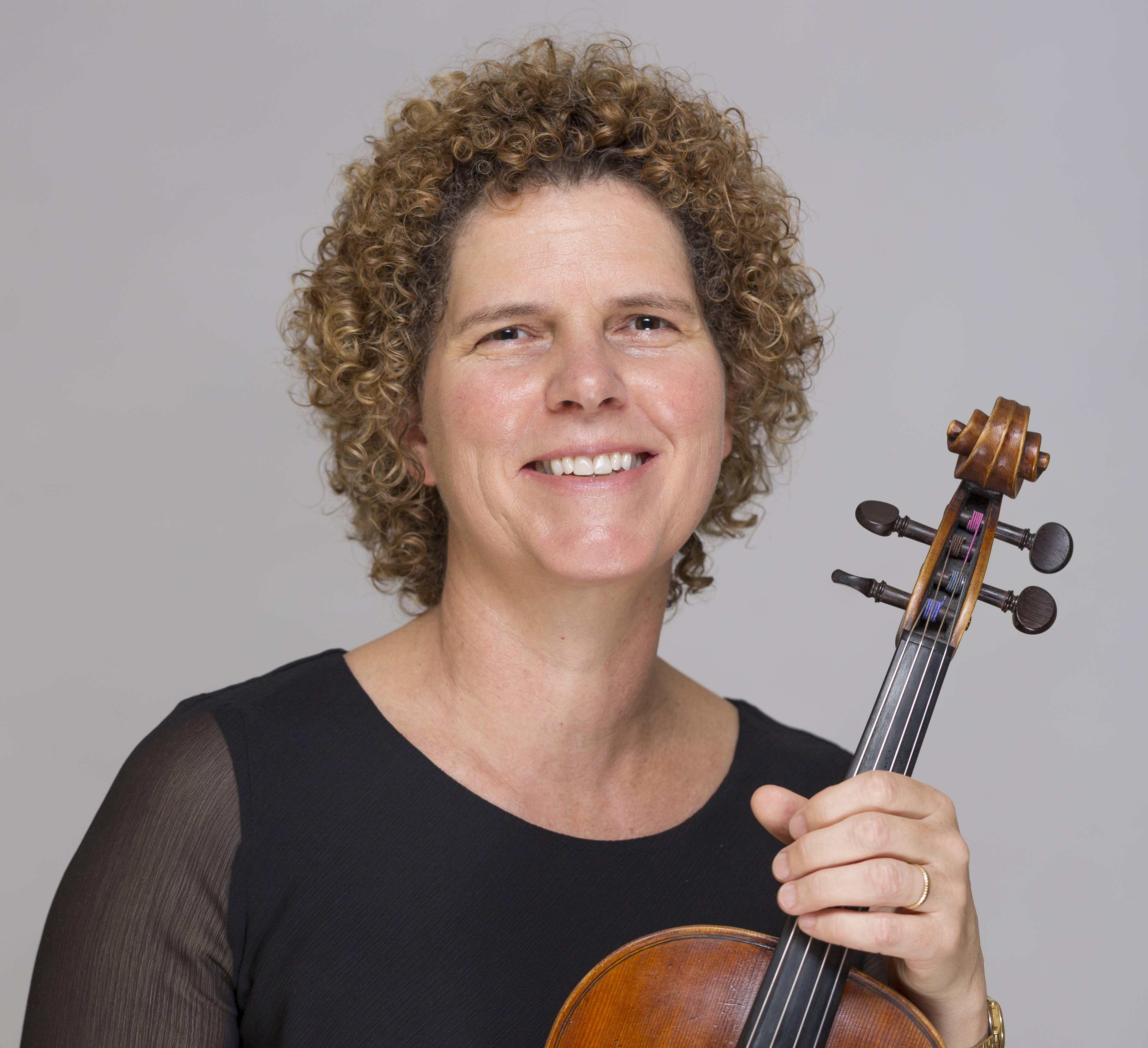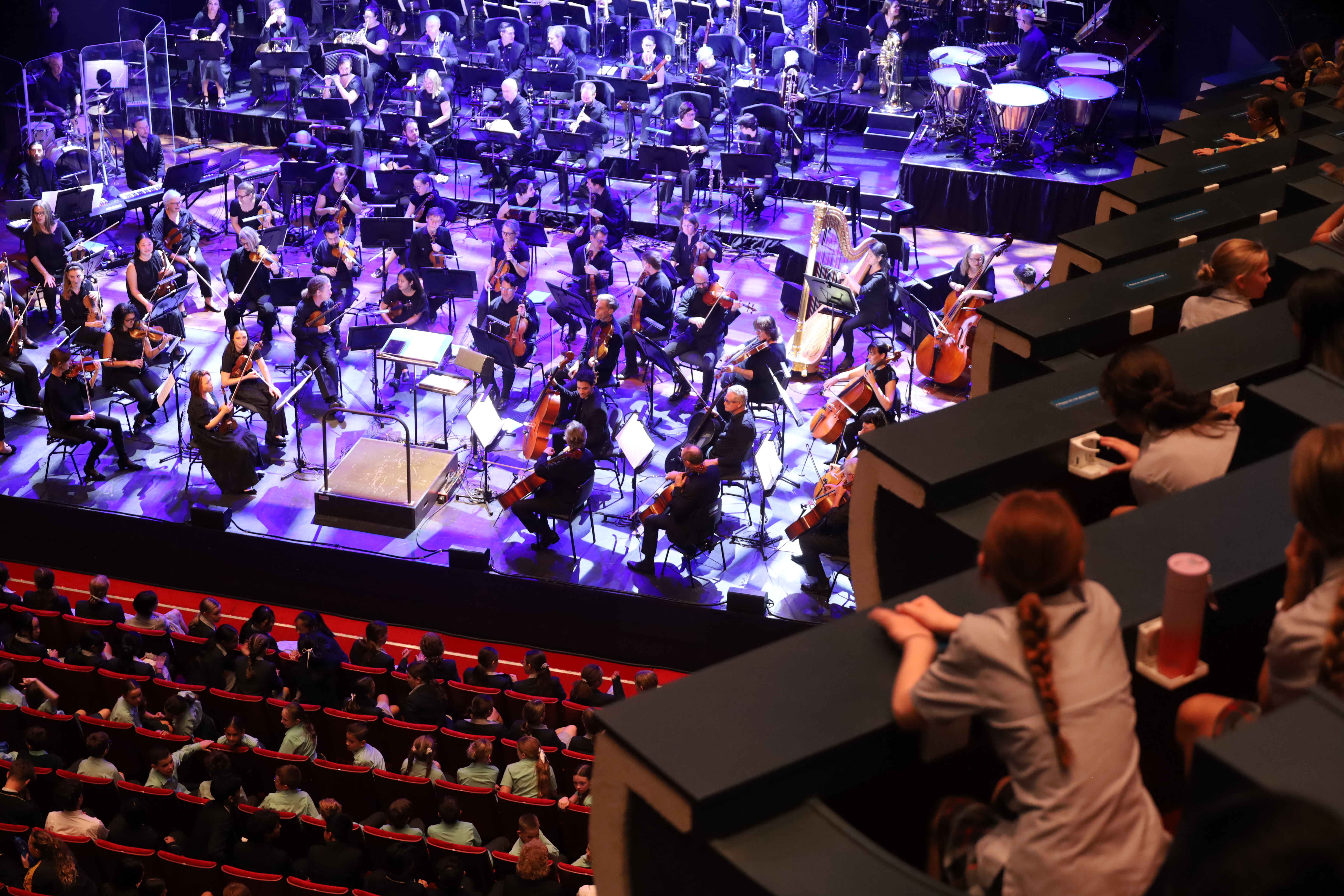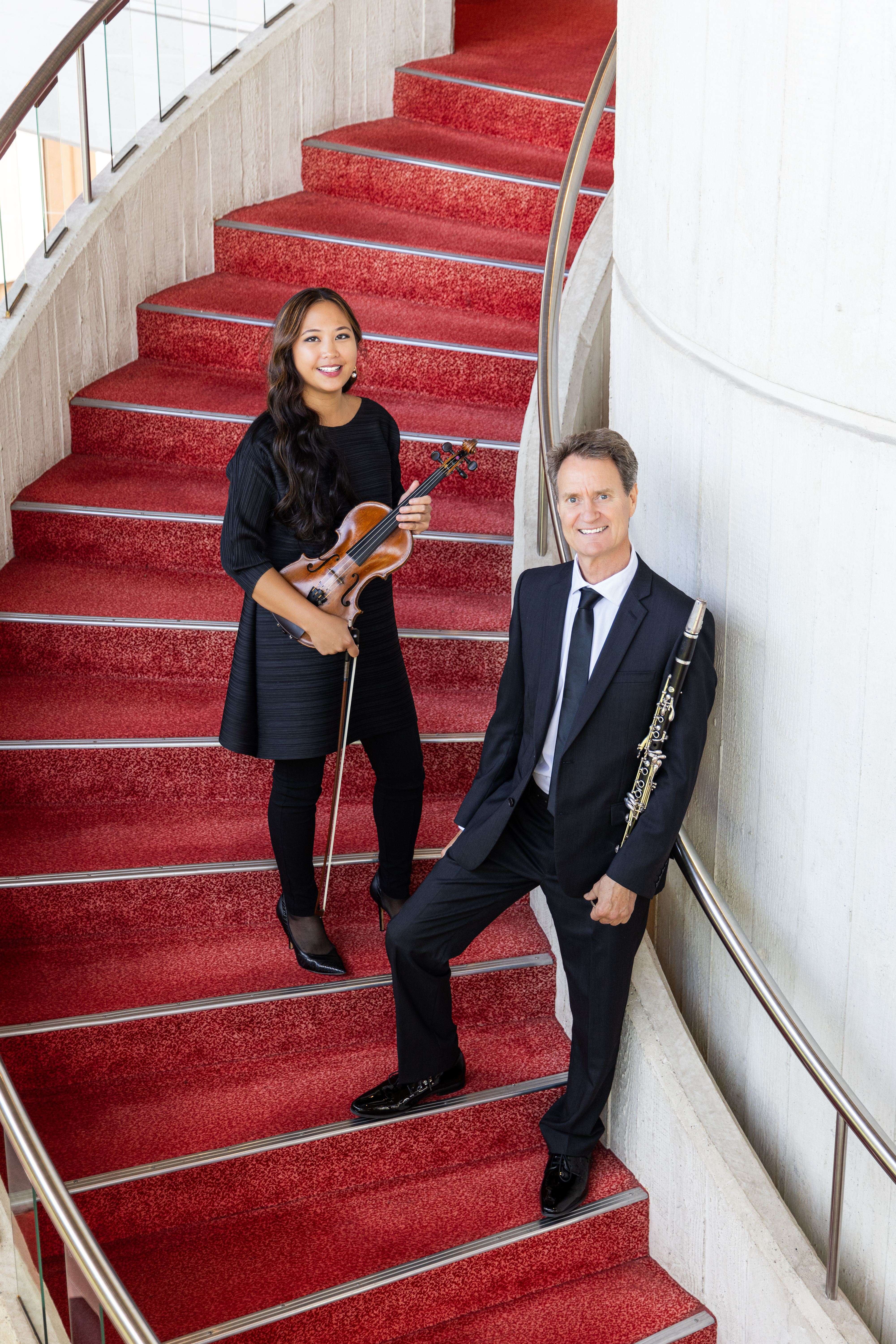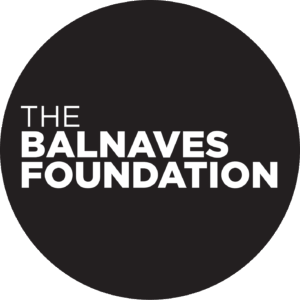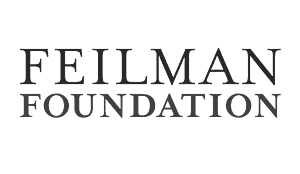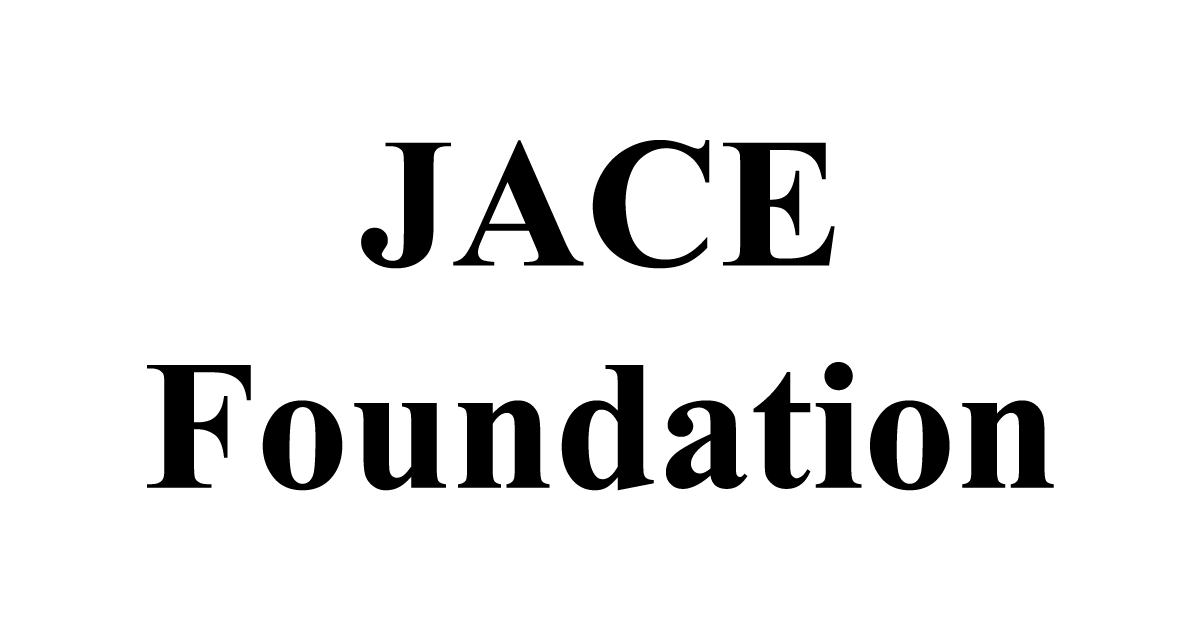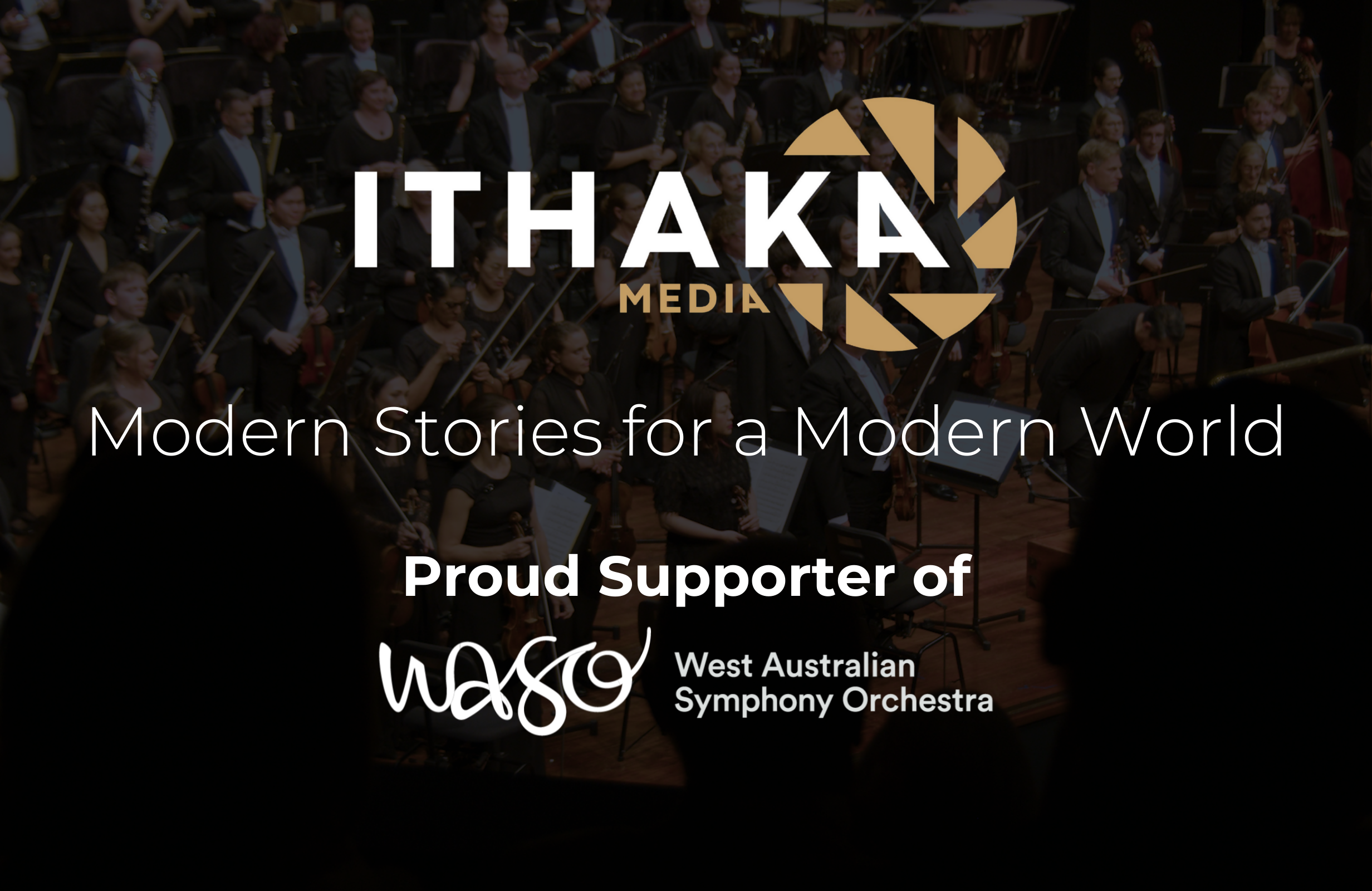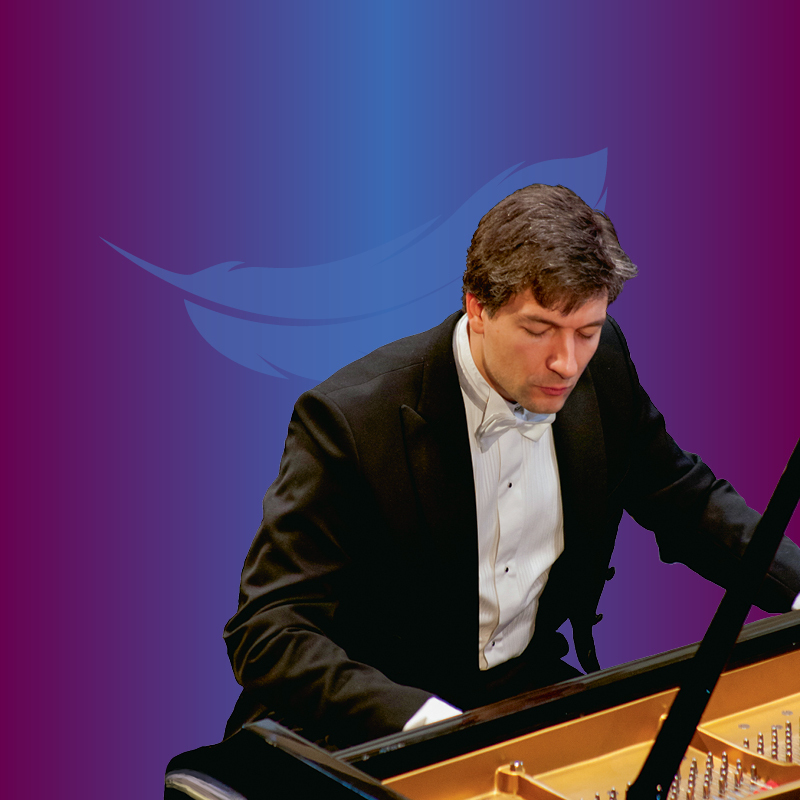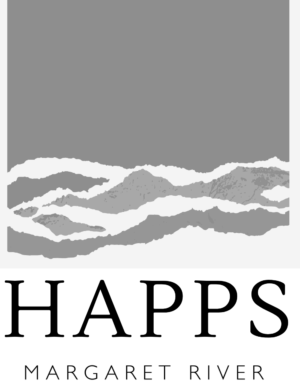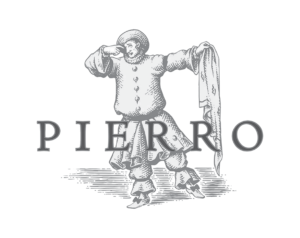Grieg's Piano Concerto
MACA CLASSICS SERIES
Friday 28 & Saturday 29 June 2024, 7.30pm
Perth Concert Hall

West Australian Symphony Orchestra respectfully acknowledges the Traditional Custodians and Elders of Country throughout Western Australia, and the Whadjuk Noongar people on whose lands we work and share music.
How to use your Digital Program
Program
Outi TARKIAINEN The Ring of Fire and Love (9 mins) (Australian Premiere)
Edvard GRIEG Piano Concerto (30 mins)
Allegro molto moderato
Adagio –
Allegro moderato molto e marcato
Interval (25 mins)
Jean SIBELIUS Symphony No.5 (31 mins)
Tempo molto moderato
Andante mosso, quasi allegretto
Allegro molto
Dalia Stasevska conductor
Alexander Gavrylyuk piano
Wesfarmers Arts Pre-concert Talk
Find out more about the music in the concert with this week’s speaker, Prue Ashurst. The Pre-concert Talk will take place at 6:45pm at the Terrace Level Corner Stage.
Wesfarmers Arts Meet the Artist (Friday only)
Join tonight’s soloist, Alexander Gavrylyuk for a post-concert interview immediately following the Friday evening performance in the Terrace Level Foyer. Uncover more about the music and hear insights into the performance experience.
Listen to WASO
This performance is recorded for broadcast Monday 15 July, 1pm (AWST) on ABC Classic. Date subject to change. For further details abc.net.au/classic.
WASO On Stage
About the Artist
About the Artist
About the Music
About the Music

Edvard Grieg
(1843-1907)
Piano Concerto in A minor, Op.16
Allegro molto moderato
Adagio –
Allegro moderato molto e marcato
After hearing a performance of Grieg’s piano concerto, Arnold Schoenberg is supposed to have remarked: ‘That’s the kind of music I’d really like to write’. It wouldn’t have been the first time that Schoenberg’s facetious humour was apparent, but one can’t help but feel that there was a wistful sincerity buried in the remark. Schoenberg, after all, believed that his experiments, first in atonality and later the twelve-note serial method, were forced upon him by historical destiny rather than being the result of his own wishes. He also remarked that there was ‘still plenty of good music to be written in C major’ and his last word was according to legend, ‘Harmony!’ Grieg’s concerto, while not in C major, is in its close relative, A minor, and is certainly full of good music. And it is, with good reason, popular – a fate not enjoyed by Schoenberg’s music.
Grieg himself was not so sure, however. He composed the concerto at the age of 25 whilst still relatively inexperienced in orchestral writing. He tinkered endlessly with the orchestration of his concerto between the time of the work’s (triumphant) premiere and his death. Grieg had studied at the Leipzig Conservatory from the age of 15 with the initial intent of becoming a concert pianist. Dissatisfied with his first teacher, Grieg began lessons with E.F. Wenzel, a friend and supporter of Schumann’s; under his tutelage, Grieg began writing piano music for his own performances and wrote passionate articles in defence of Schumann’s music.
The influence of Schumann’s Piano Concerto, also in A minor, on Grieg’s work has been remarked on frequently, but apart from their similar three-movement design and opening gesture (in both works a full tutti chord of A minor releases a florid response from the keyboard soloist) the style of each is markedly different. Both composers were, however, primarily lyricists, and Grieg’s concerto is certainly replete with exquisite tunes. Many of these echo some of the shapes of Norwegian folk music with which Grieg had become deeply familiar in 1864 when he had also become active in a society for the support of Scandinavian music. The piano’s opening gesture, for instance, recalls folk music in its use of a ‘gapped’ scale, and the origins of the finale in folk dance are clear.
Grieg was unable to attend the premiere of his concerto in Copenhagen in 1869, but it was an outstanding success, no doubt in part because Grieg’s cultivation of folk music struck a chord with the increasingly nationalist Scandinavian audiences. But in large part it was because the concerto was recognised as a youthful masterpiece. No less an artist than Anton Rubinstein, who attended the performance, described it as a ‘work of genius’. A year later Grieg and his wife travelled to Italy where Grieg met Liszt for the second time. Liszt had been encouraging of Grieg’s work some time before; now he allegedly sight-read Grieg’s concerto and said ‘you have the real stuff in you. And don’t ever let them frighten you!’
Grieg didn’t let them frighten him, and the Piano Concerto went on to establish his reputation throughout the musical world. Audiences responded, as they still do, to the charm of Grieg’s melodies, the balance of, it must be said, Lisztian virtuosity and Grieg’s own distinctive lyricism, and what Tchaikovsky,
who adored the work, described as the work’s ‘fascinating melancholy which seems to reflect in itself all the beauty of Norwegian scenery’. One of Grieg’s greatest admirers described the ‘concentrated greatness and all-lovingness of the little great man. Out of the toughest Norwegianness, out of the most narrow localness, he spreads out a welcoming and greedy mind for all the world’s wares.’ This was, of course, the Australian-born pianist/composer Percy Grainger who became one of the Grieg concerto’s most celebrated exponents and one of the dearest friends of Grieg’s last years. Not only that – Grainger spent time with Grieg working on the concerto before the composer’s death at which time Grieg was making the final adjustments to the orchestration; with such ‘inside knowledge’ Grainger was able to publish his own edition of the work in later years. Sadly, a proposed tour with Grieg conducting and Grainger playing the Concerto never transpired.
Gordon Kerry © 2006
FIRST PERFORMANCE: 3 April 1869, Copenhagen. Edmund Neupert, soloist; Holger Simon Paulli conducting Orchestra of the Royal Theatre.
FIRST WASO PERFORMANCE: 18 April 1942. E.J. Roberts, conductor; Allen McCristal, soloist.
MOST RECENT WASO PERFORMANCE: 16-17 November 2018. Asher Fisch, conductor; Andrey Gugnin, soloist.
INSTRUMENTATION: two each of flutes, oboes, clarinets and bassoons; four horns, two trumpets and three trombones; timpani, and strings.
Glossary
Atonality – refers to music not written in any particular key.
Gapped scale – unlike the major scale, in which adjacent notes are separated by a distance (or interval) of either a tone or a semitone, a gapped scale contains intervals of greater than a tone. An example is the five-note pentatonic scale, widely found in folk music.
Orchestration – the allocation of various notes and melodies to the different instruments and combinations of instruments in the orchestra.
Twelve-note (or 12-tone) – tonal music adheres to a particular key, and primarily uses notes contained within that key or scale (in the key of C major this would be all of the white notes on a piano between C and the C an octave above). In 12-tone (or 12-note) composition, all 12 notes in the chromatic scale (i.e. all of the black and white notes on a piano between C and the C an octave above) are regarded as equal and are used impartially; the resulting music is said to be atonal, and not confined to any key or tonal centre.
Tutti – all of the instruments of the orchestra playing at the same time.
About the Music


